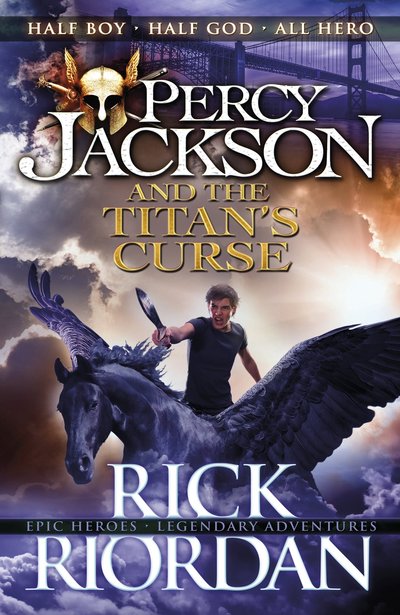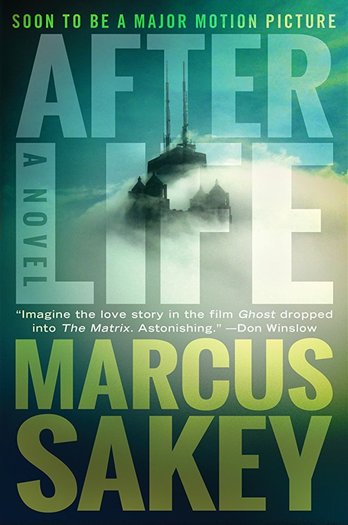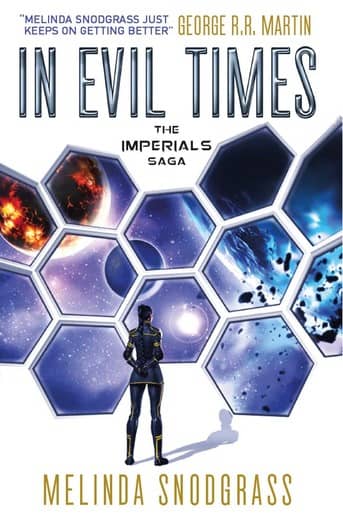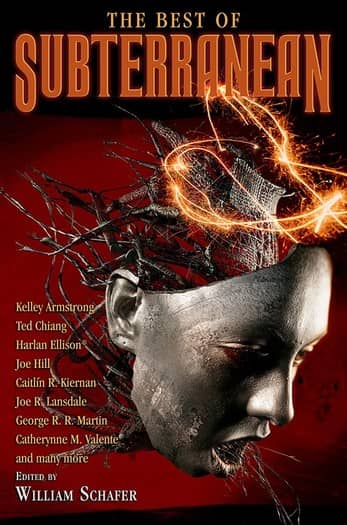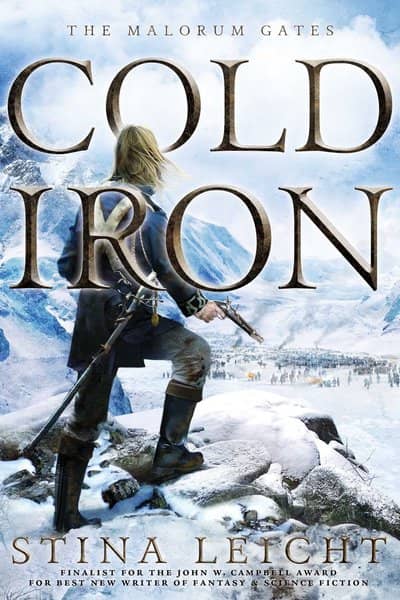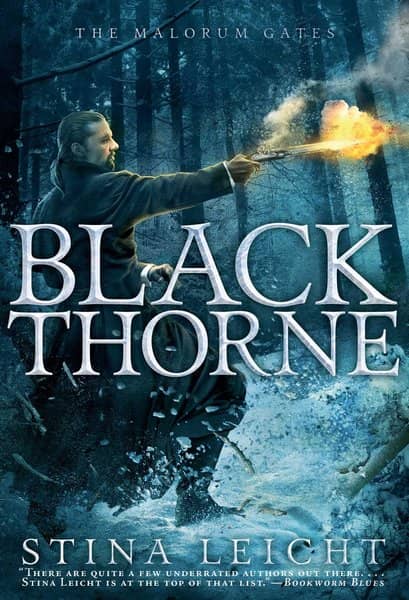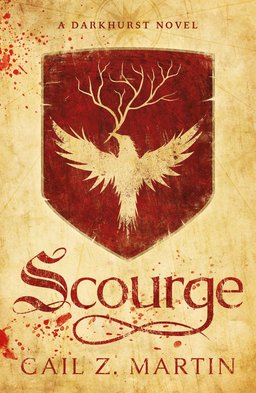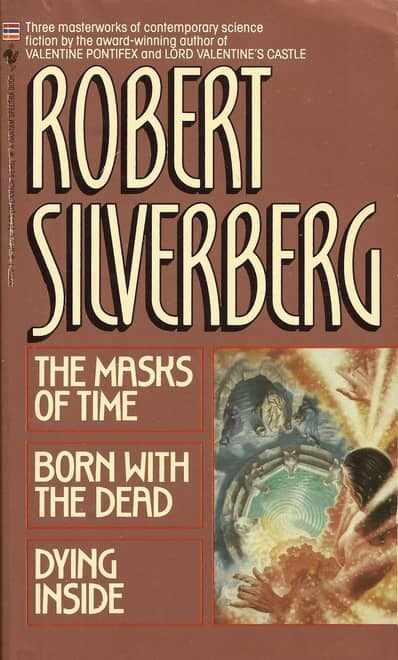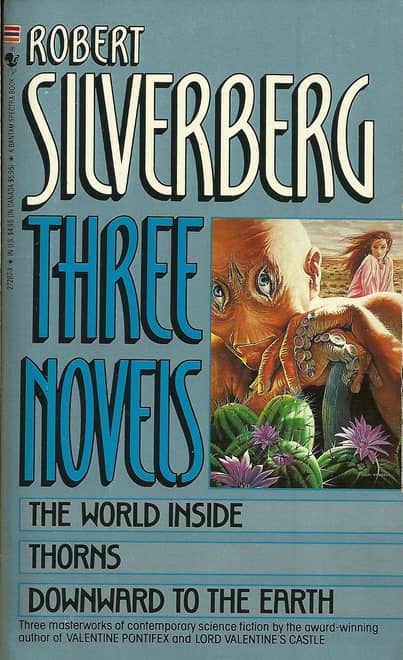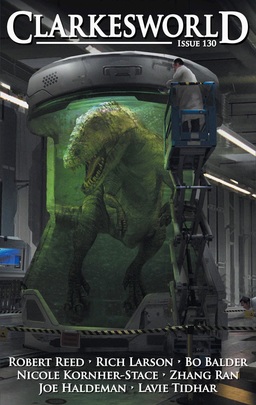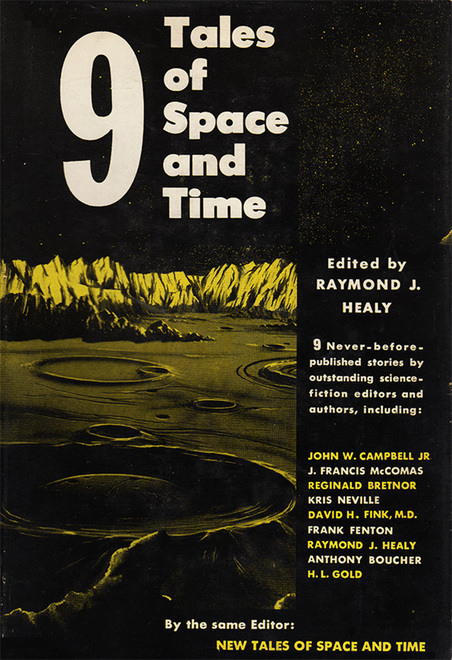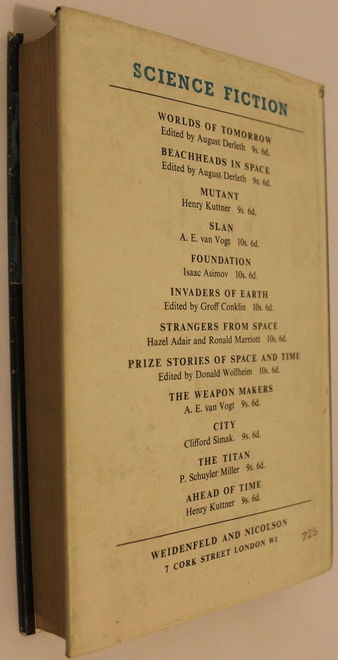A Tale of Two Robert E. Howard Biographies
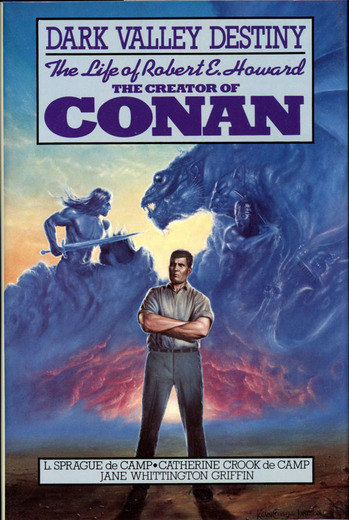 |
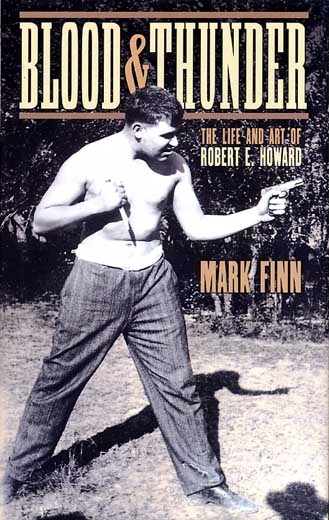 |
Not so long ago, in a galaxy really close by (in fact, our galaxy), there was a tale of two biographies of the same writer. This is how the story goes. Or at least, this is what I have gathered.
Once upon a time there was a Jedi-in-training (also known as a sci-fi writer) who, tempted by the Dark Side of the Force, figured out that he could make quite a bit of money in the fantasy genre. Tolkien was selling like gangbusters at the time, so why not? Robert E. Howard (REH), a long dead Golden Age pulp writer, had all of that Conan stuff just lying around begging to be exploited utilized. So off to work the Jedi went.
But, in pursuing this decades-long venture, said sci-fi writer unfortunately and eventually went completely over to the Dark Side — full Sith Lord territory. In time, by his own reckoning, he became the de facto spokesperson for what counted as canonical Conan. And further, as a self-made REH authority, he published his own biography of Howard. The Force was strong with this one.
Fortunately though, so the tale goes, the Force eventually balanced out. A small but growing band of Jedi — fully committed to the Light Side — fought vigorously against this Sith Lord, trying to demonstrate who the true REH actually was. In time, the evil Sith Lord was defeated, and died of natural causes. But the task of undoing his dark damage against REH’s legacy would take years. And eventually a very able Jedi warrior would come along and write a new REH biography that would, among other things, hopefully undo all the damage done by the first bio.
